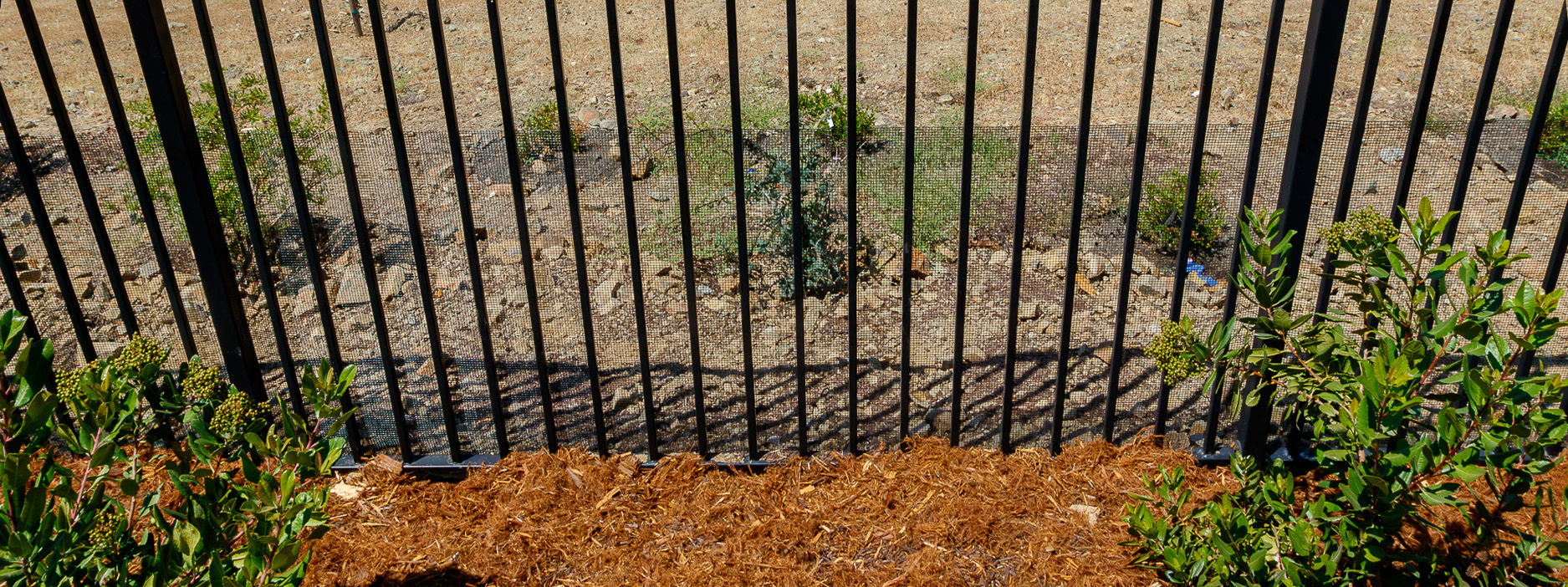
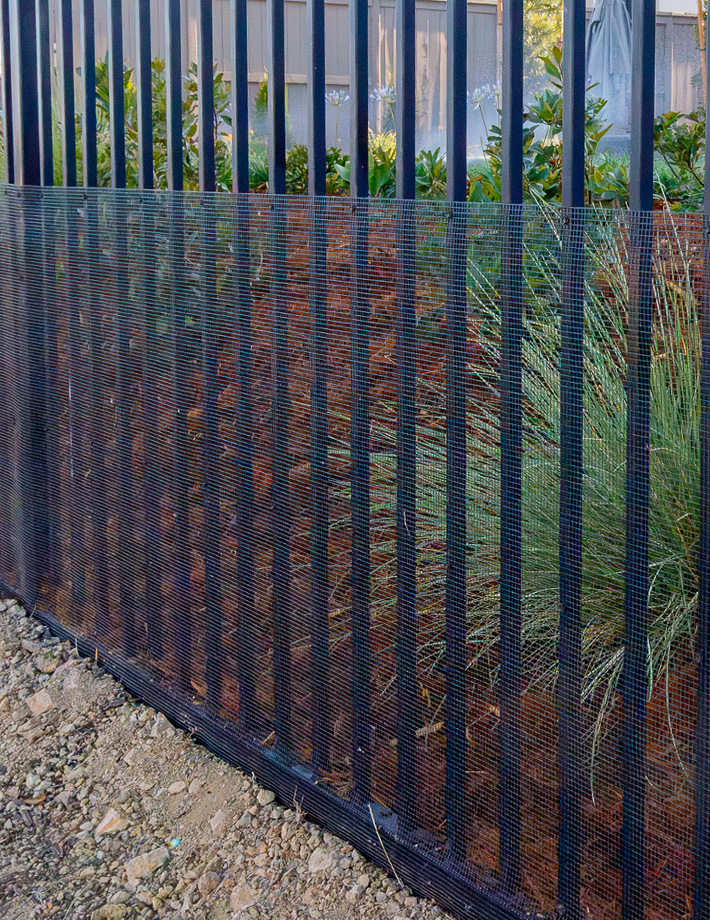
Rattlesnake Fence Experts
California is home to 7 different rattlesnake species.
Like it or not, they are our neighbors and frequent the same habitat we enjoy including our homes. Our expertise in both fence installation and rattlesnake behavior allows us to offer exceptional services for protecting your property. With decades of experience working with various snake and reptile species in California, our recommendations are grounded in field-tested methods and industry standards.
We continuously update our practices to incorporate the latest scientific knowledge and building techniques. Don’t trust the safety of your family and pets to landscapers or untrained contractors who lack expertise in snake biology and behavior. Rely on the experts at Snake Fencing; the premier rattlesnake fencing solution in Northern California.
Rattlesnake Fencing Process
To initiate the snake-proofing process, a professional wildlife biologist conducts a thorough site inspection.
This assessment aims to determine installation objectives, identify points of entry and exit, and address any specific concerns you may have. Based on the findings, we develop a customized rattlesnake exclusion fencing plan, which we present to you for review and approval.
Our preferred method for exclusion fencing involves utilizing galvanized hardware cloth with ¼-inch mesh openings.
This high-quality material effectively prevents adult and baby rattlesnakes from accessing your yard, garden, or enclosure. Whether your existing fence is made of wrought iron, wood, or vinyl, we attach the hardware cloth to isolate and secure any potential access points. In certain cases, we may recommend reconstructing sections of the fence and gates to seal off openings that could be exploited by rattlesnakes, especially around areas where the fence connects to the house or other structures.
Our hardware cloth options include plain and black PVC-coated galvanized steel, offering durability and versatility. Available in heights ranging from 24 to 48 inches, the cloth is securely attached to the existing fence and properly keyed in at the base to deter burrowing mammals from entering your yard.
We understand that each project is unique.
Factors such as snake species, location, field conditions, obstructions, and the type of existing fence may influence the recommended approach. Our team of professionals takes these factors into account to ensure a tailored solution that meets your specific requirements.
By choosing our professional rattlesnake fence installation services, you can trust that we will deliver effective results and provide peace of mind. Our commitment to excellence and the welfare of both our clients and rattlesnakes sets us apart. Contact us today to safeguard your property and mitigate the risks associated with rattlesnake encounters.
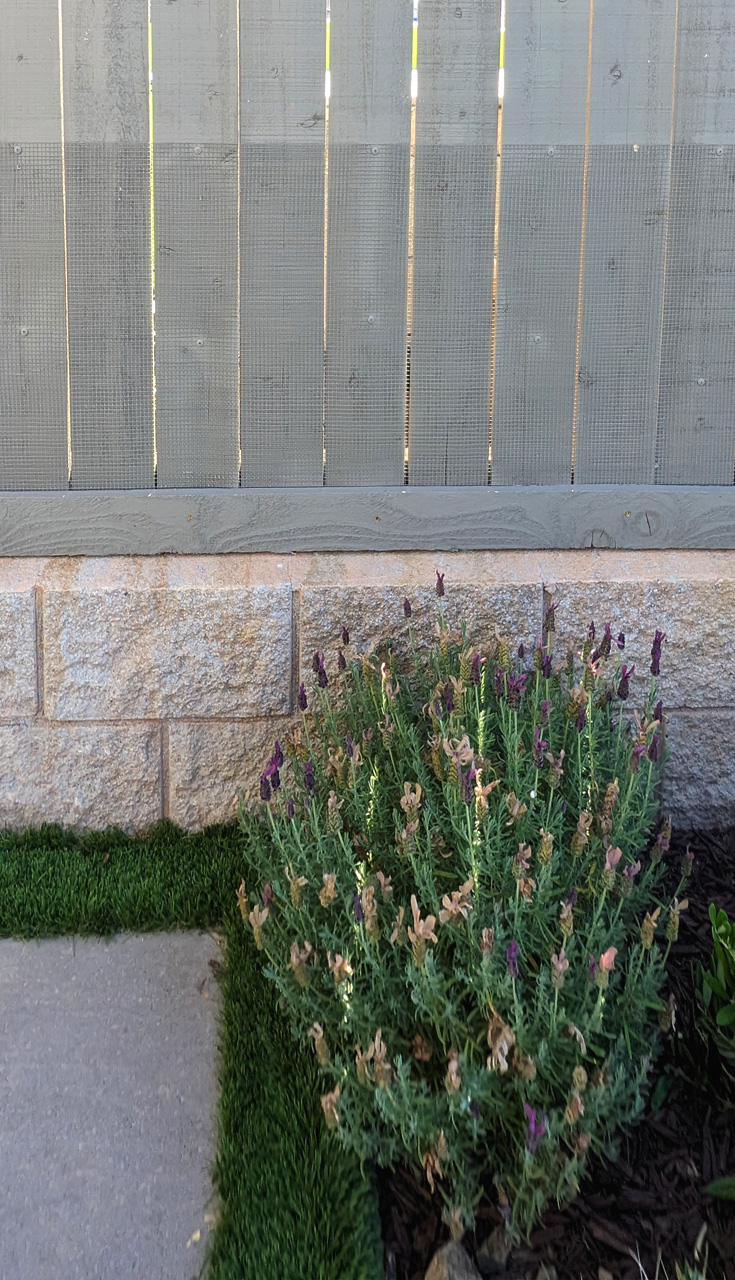
Industry Guideline Objectives
- Keep people safe by preventing venomous rattlesnakes from accessing properties including backyards, courtyards, gardens, and other confined outdoor spaces.
- Protect the integrity of existing homes, fences, walls, and other structures.
- Be easy to remove, repair, and maintain.
- Comply with HOA and community guidelines and customer preferences without sacrificing functionality.
Recommended Snake Fencing Specifications
Height
Fortunately, rattlesnakes are not good climbers. They typically climb heights measuring 1/3 to 1/2 their body length, so snake fencing should be a minimum of 38-inches for smaller species and 42 inches for larger species. In California, the exception would be a 58-inch tall fence for the western diamond-backed rattlesnake, which only occurs in the southeastern corner of the state. We recommend erring on the side of caution and installing a 42-inch fence.
Mesh Size
Since baby rattlesnakes can move through 1/3-inch openings, we recommend installing mesh fencing with openings that are no greater than ¼-inch. Galvanized hardware cloth is the preferred mesh option as it provides a nearly invisible viewscape that meets various HOA and community aesthetic and visual standards.
Attachments
Consideration should be given to what type of attachments are used. Zip-ties are convenient but are prone to premature degradation or expedite oxidation. Galvanized self-tapping or self-drilling screws with polymer or neoprene washers are the best choices as they are easy to install and minimize potential damage to existing fences. They also provide ease of removal to facilitate fence painting, repairs, or replacement.
Material
Materials vary from galvanized hardware cloth to solid Animex Premium Snake Fencing. Both options prevent rattlesnakes from entering a property if properly installed, but solid fencing offers additional protection by providing a visual screen that functions as a behavioral deterrent. Species spend less time at a fence that obscures their view and are more likely to venture away from your property rather than spending time trying to find a way through the fence. Although industry standards do not exist for snake fencing materials, the decision regarding which type of fence to choose largely comes down to aesthetics and the degree of effectiveness desired.
Gates
Gates function as an additional access point for rattlesnakes and are often overlooked. Snakes and other wildlife travel along the base of fences as they offer a degree of protection and provide thermoregulatory properties depending on the material, especially in areas with adjacent vegetation, rocks, or other suitable habitat features. This behavior guides rattlesnakes to access points under gates and other locations that if not properly secured, can unintentionally trap snakes on the property. Many options exist such as painted steel or other decorative materials that can be custom designed to match the existing gate coloration, material, and design features.
Gaps
Do not leave any gaps larger than ¼-inch below 30 inches from the ground level including those between adjoining structures including fencing, gates, foundations, walls, siding, columns, etc. Seal gaps using galvanized mesh, concrete fillers, epoxy, or other suitable rigid materials designed for outdoor use.
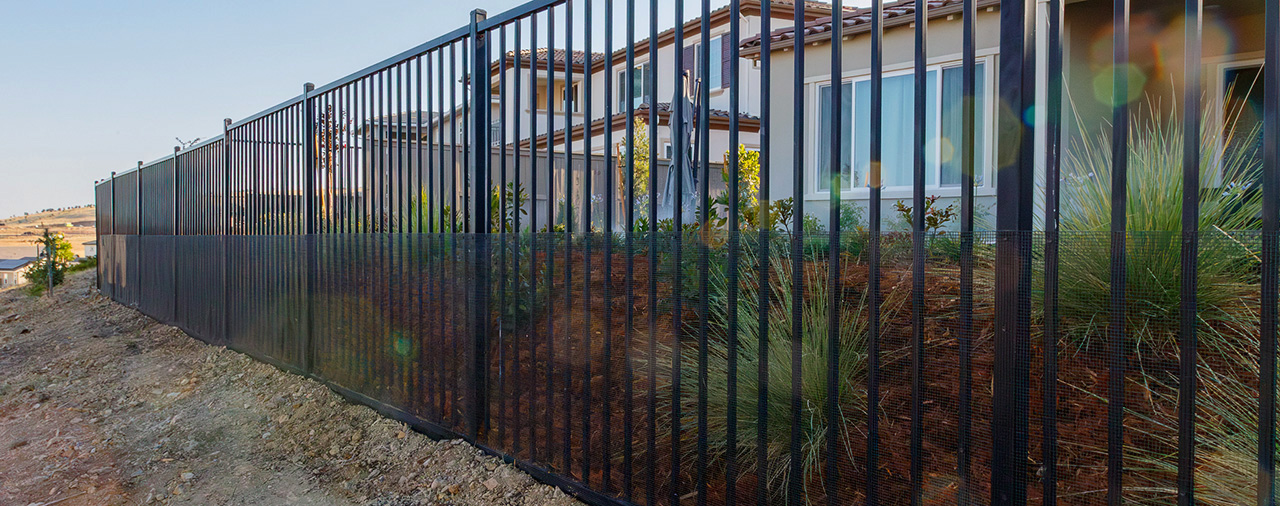
Installation
- Snake fencing should be attached to the outside of the existing fence to provide an unclimbable survey for rattlesnakes and other harmless snake species.
- The bottom of the fence should be keyed into the ground at least 6 inches and backfilled to prevent rattlesnakes from gaining entry under the fence.
- Snake fencing should be sufficiently secured to the existing fence/structure to ensure full coverage and prevent unwanted movement.
- Fencing should not leave any gaps larger than ¼-inch.
- The aboveground minimum height should be maintained along the length of the fence regardless of topography.
Maintenance
- Regularly inspect your fence to identify potential weak or damaged areas that rattlesnakes could use to gain access. Especially check near corners, gates, or any area that is not flush with the ground.
- Landscaping should be maintained to ensure vegetation, rocks, and other objects are kept clear from the outside of the fence. We recommend keeping a minimum of 18-inch walk space between the fence and adjacent vegetation.
- Occasionally, walk the perimeter to fill in any holes that may have been created by small mammals such as ground squirrels, gophers, raccoons, dogs, etc.
- Overall, the effectiveness of your fence is measured by installation expertise and regular maintenance.
Fencing Products to Avoid
- Products shorter than 40 inches unless it is only installed for the purpose of excluding rattlesnakes shorter than 35 inches in length.
- Products with a mesh size greater than 1/4-inch including chicken wire.
- Products made from plastic including plastic mesh or thin solid plastic materials even with UV inhibitors as the increased surface-to-volume ratio limits their durability making them susceptible to premature aging, ripping and tearing, and prone to breaking.
- Placing metal on metal (e.g. hardware cloth on wrought iron fence) where water can sit causing premature oxidation and aging. Use polymer washers where appropriate.
- Zip-ties (metal, nylon, or plastic) for attachment as they provide convenience at the expense of durability. Even the best quality zip-ties do not last more than a few years.
- Using rubber, fiberglass, or plastics along the bottom or sides of gates since they are prone to failure due to weathering and repeated use.
- Leaving any openings larger than ¼-inch.
- Any material that violates HOA or community fencing standards.
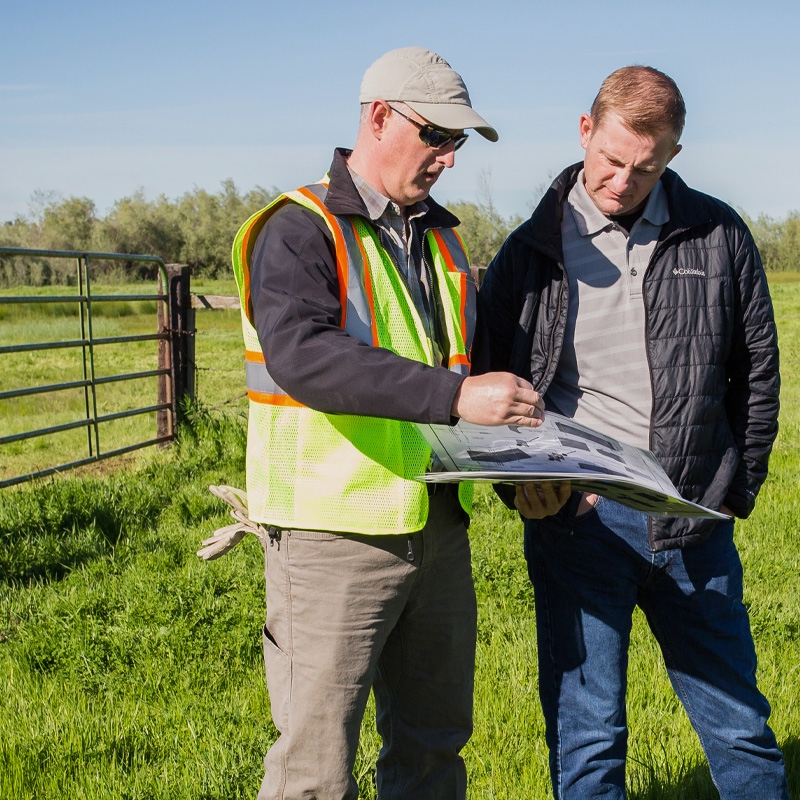
Insured, Licensed, and Bonded
Our vendors hold valid -13 Fencing or Class B General Contractors license in good standing with the California Contractors State License Board.
Our vendors are fully insured and bonded within the State of California.